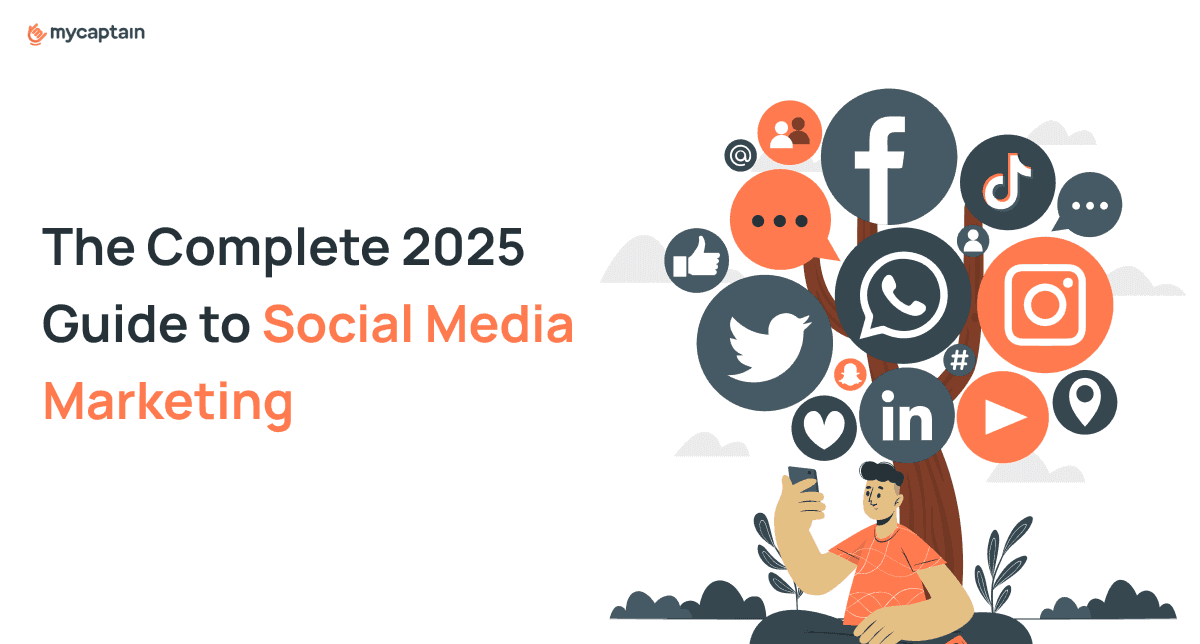Digital Marketing
The Complete 2025 Guide to Social Media Marketing (SMM)

Introduction
The way brands interact with consumers has transformed in recent years, and Social Media Marketing (SMM) now stands at the heart of this change. SMM is no longer just a trend; it’s now essential for businesses to connect with audiences, boost brand presence, and nurture strong customer relationships. By sharing valuable content, building active communities, and driving direct sales, SMM helps brands reach people where they’re already spending much of their time.
In this blog, you’ll find key insights for building an effective SMM strategy in 2025. We’ll cover practical steps, emerging trends, and real-life examples to guide and inspire your approach. Whether you’re new to social media marketing or aiming to refine your current strategy, this guide will help you make the most of SMM in today’s digital-first world.
